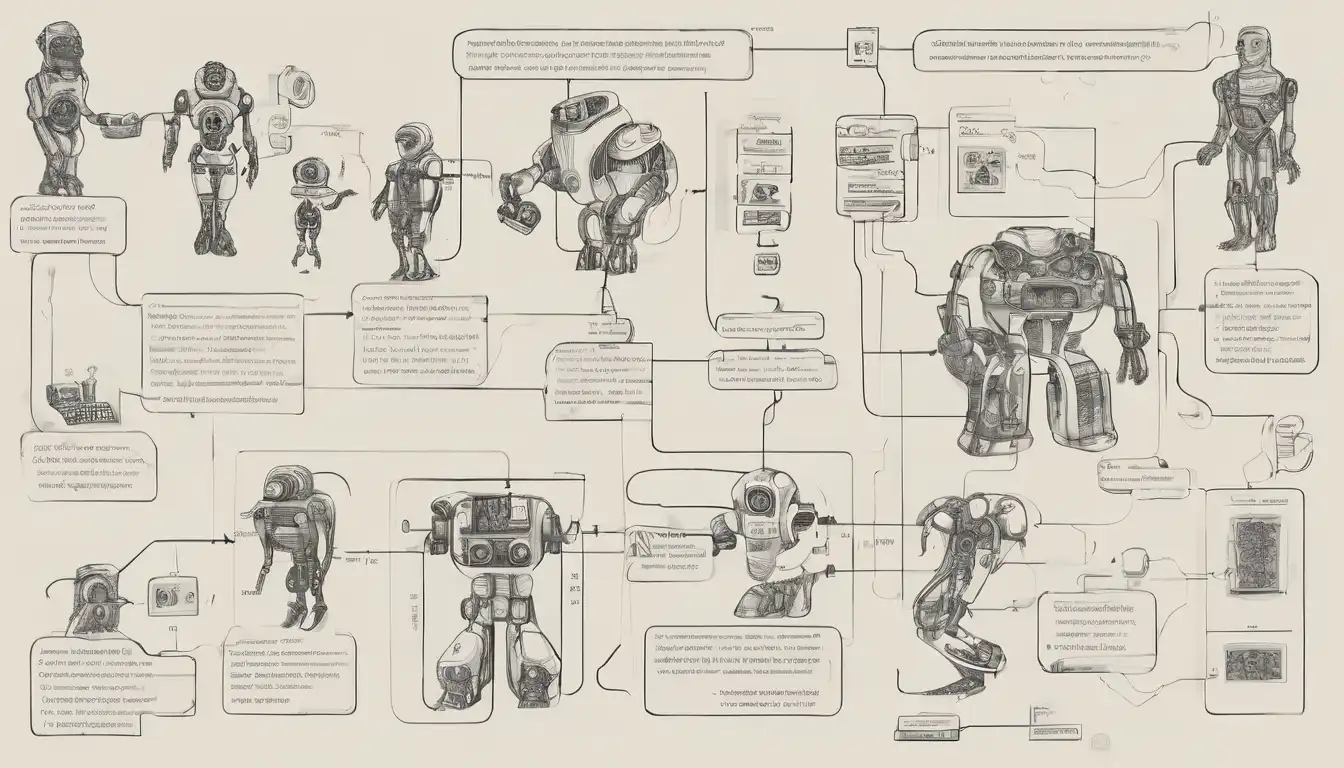Essential Machine Learning Algorithms Every Developer Must Master
Machine learning has become an indispensable skill for modern developers, transforming how we build intelligent applications and solve complex problems. Whether you're working on recommendation systems, predictive analytics, or natural language processing, understanding core machine learning algorithms is crucial for success in today's tech landscape.
Why Machine Learning Matters for Developers
Machine learning algorithms form the backbone of artificial intelligence applications that power everything from search engines to autonomous vehicles. As a developer, mastering these algorithms enables you to create smarter, more efficient applications that can learn from data and improve over time. The demand for developers with machine learning expertise continues to grow across industries, making this knowledge a valuable career asset.
Supervised Learning Algorithms
Linear Regression
Linear regression is one of the most fundamental algorithms in machine learning, perfect for predicting continuous values based on input features. This algorithm establishes a linear relationship between input variables and the target output, making it ideal for forecasting and trend analysis. Developers often use linear regression for sales predictions, housing price estimations, and any scenario where you need to predict numerical values.
Logistic Regression
Despite its name, logistic regression is used for classification problems rather than regression. This algorithm predicts the probability of an input belonging to a particular class, making it excellent for binary classification tasks. Common applications include spam detection, medical diagnosis, and customer churn prediction. Its simplicity and interpretability make it a go-to choice for many developers.
Decision Trees
Decision trees create a model that predicts the value of a target variable by learning simple decision rules inferred from data features. These algorithms are highly interpretable and can handle both classification and regression tasks. Developers appreciate decision trees for their transparency and ease of understanding, which is particularly valuable when explaining model decisions to stakeholders.
Random Forests
Random forests represent an ensemble method that combines multiple decision trees to improve predictive performance and reduce overfitting. By creating a "forest" of trees and aggregating their predictions, this algorithm typically delivers more accurate results than individual decision trees. Developers use random forests for feature importance analysis and robust prediction tasks across various domains.
Unsupervised Learning Algorithms
K-Means Clustering
K-means clustering is a popular unsupervised learning algorithm used for grouping similar data points together. This algorithm partitions data into K distinct clusters based on feature similarity, making it invaluable for customer segmentation, image compression, and anomaly detection. Developers often use K-means as an exploratory tool to discover patterns in unlabeled data.
Principal Component Analysis (PCA)
PCA is a dimensionality reduction technique that transforms high-dimensional data into a lower-dimensional space while preserving as much variance as possible. This algorithm helps developers visualize complex datasets, reduce computational costs, and improve model performance by eliminating redundant features. PCA is particularly useful when dealing with datasets containing numerous correlated variables.
Neural Networks and Deep Learning
Artificial Neural Networks (ANNs)
Artificial neural networks form the foundation of deep learning, inspired by the human brain's neural structure. These networks consist of interconnected nodes (neurons) organized in layers, capable of learning complex patterns from data. Developers use ANNs for image recognition, speech processing, and other tasks requiring sophisticated pattern recognition.
Convolutional Neural Networks (CNNs)
CNNs are specialized neural networks designed for processing grid-like data, particularly images. These algorithms use convolutional layers to automatically learn spatial hierarchies of features, making them exceptionally effective for computer vision tasks. Developers leverage CNNs for facial recognition, object detection, and medical image analysis.
Recurrent Neural Networks (RNNs)
RNNs are designed to handle sequential data by maintaining internal memory of previous inputs. This architecture makes them ideal for time series analysis, natural language processing, and speech recognition. Developers use RNNs and their variants (like LSTMs and GRUs) for tasks requiring understanding of temporal dependencies.
Reinforcement Learning Algorithms
Q-Learning
Q-learning is a model-free reinforcement learning algorithm that enables agents to learn optimal actions through trial and error. This algorithm uses a Q-table to store expected rewards for state-action pairs, making it suitable for game AI, robotics, and autonomous systems. Developers implement Q-learning for scenarios where an agent must learn to make sequential decisions.
Deep Q-Networks (DQN)
DQN combines Q-learning with deep neural networks to handle high-dimensional state spaces. This advancement allows reinforcement learning to scale to complex environments like video games and real-world control systems. Developers use DQN for creating intelligent agents that can learn from raw sensory input.
Choosing the Right Algorithm
Selecting the appropriate machine learning algorithm depends on several factors, including your data characteristics, problem type, and performance requirements. Consider the nature of your problem (classification, regression, clustering), the size and quality of your dataset, and the interpretability needs of your application. Experimentation and cross-validation are essential for determining the best algorithm for your specific use case.
Best Practices for Implementation
When implementing machine learning algorithms, developers should follow established best practices to ensure success. Start with data preprocessing and cleaning to ensure quality inputs. Use appropriate evaluation metrics and cross-validation techniques to assess model performance. Consider computational efficiency and scalability, especially for production systems. Regular monitoring and retraining help maintain model accuracy over time as data distributions change.
Learning Resources and Next Steps
To deepen your understanding of machine learning algorithms, explore online courses, textbooks, and practical projects. Hands-on experience through machine learning projects is invaluable for solidifying your knowledge. Join developer communities and participate in Kaggle competitions to apply these algorithms to real-world problems and learn from other practitioners.
Mastering these essential machine learning algorithms will position you at the forefront of modern software development. As you continue your learning journey, remember that practical application and continuous practice are key to developing expertise in this rapidly evolving field. The combination of theoretical understanding and hands-on experience will enable you to build intelligent systems that solve complex problems and create value across industries.
